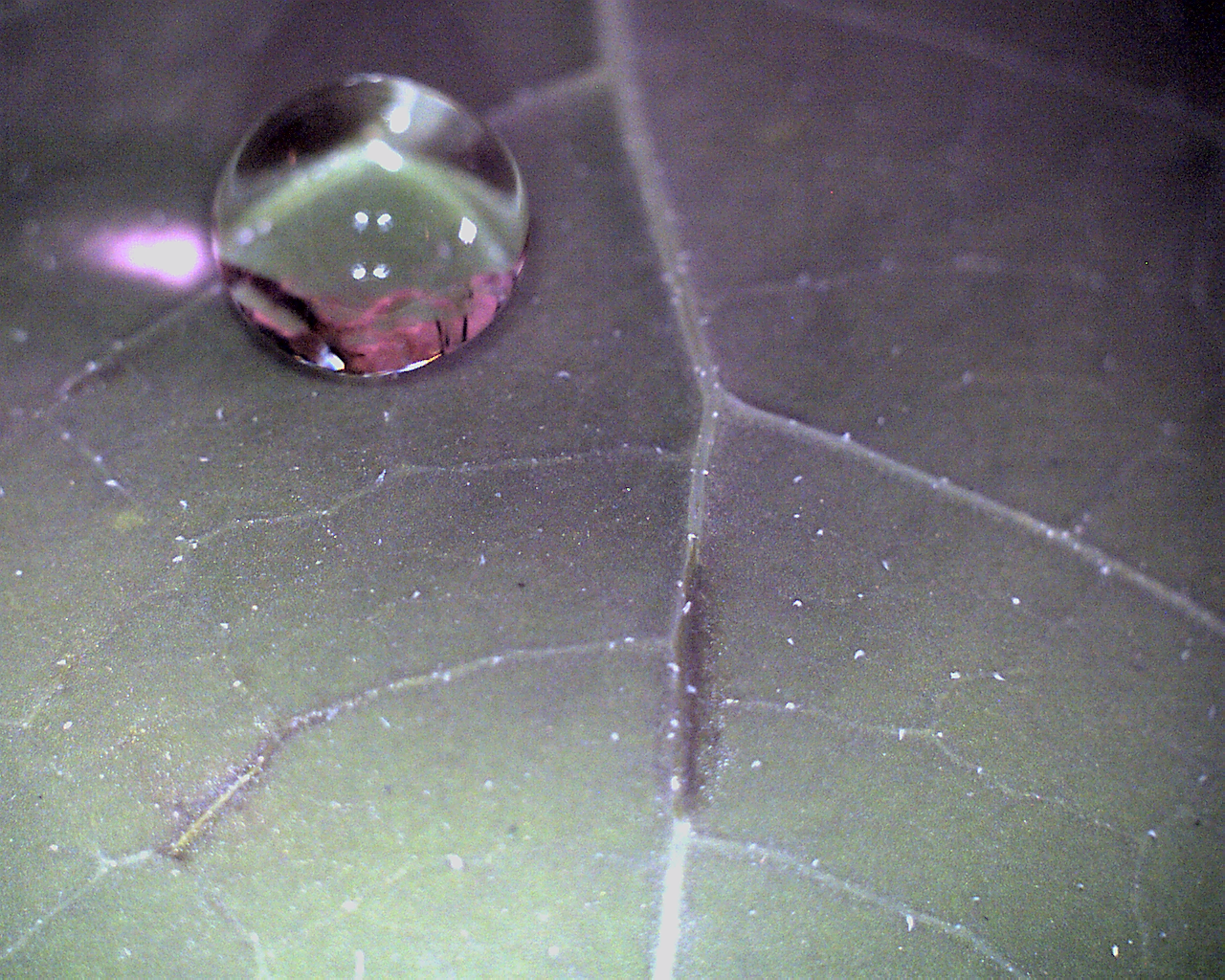Something’s Choking Auntie Elm
In this activity, students learn about several exotic species in North America and gather information to determine their impact on the environment.
Adapted with permission from "Noxious Neighbours: Exotics in Our Backyard", Centre for Environmental Education, Middle Tennessee State University















